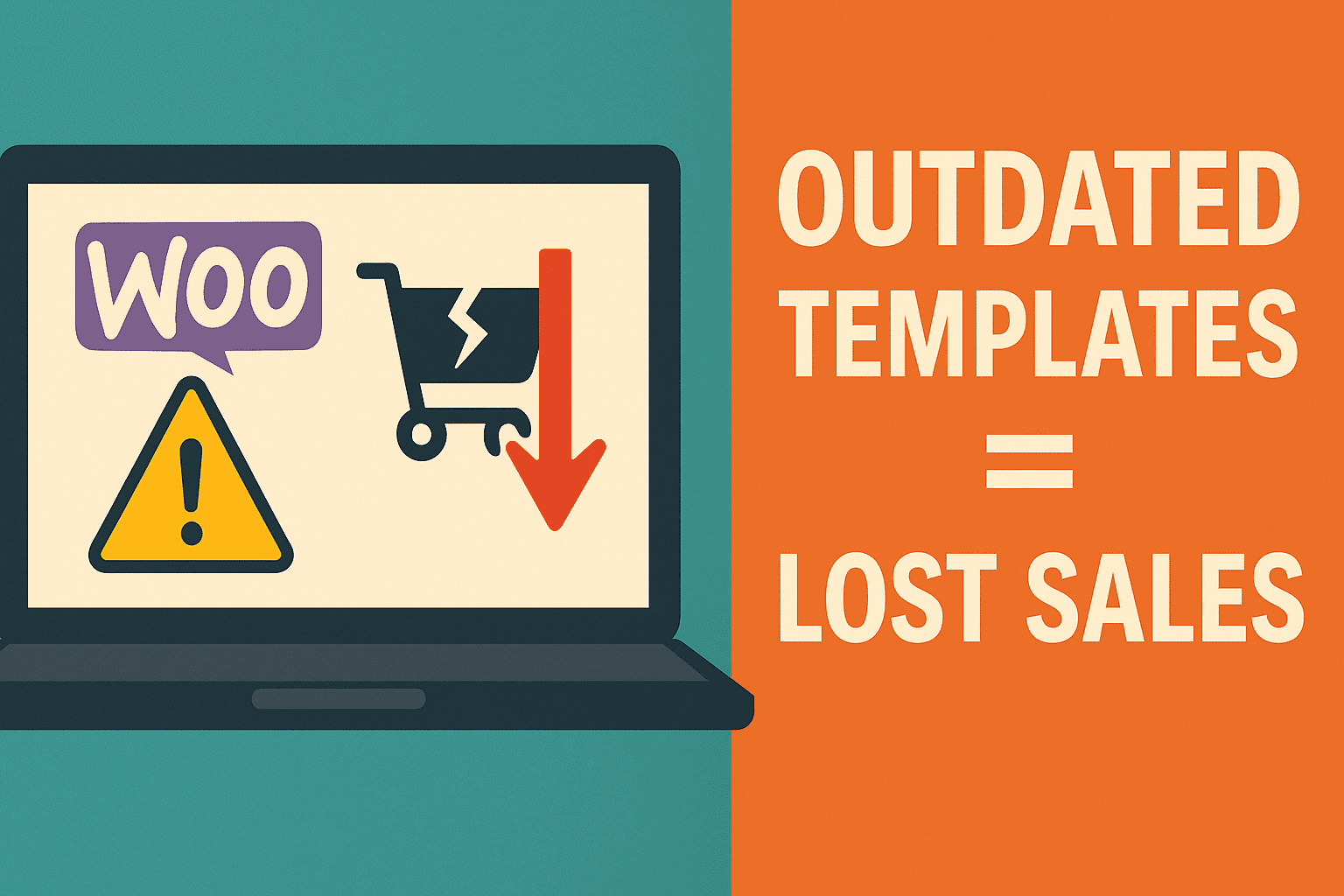Creating a website is a process where it is important to combine creativity and strategic planning. To be most effective, you need to set clear objectives and know your target audience. The key is to understand and differentiate your product or service in the market. Website development is not something that should be put off with the lowest priority, it is important to think through every step and feature. Below we have summarised the most important things you should think about when creating a new website or improving an existing one.
- Understanding your target audience: define your target audience clearly using demographic data and behavioural characteristics.
- Ideal Customer Profile: use existing customer information to create an ideal customer profile that reflects your business goals.
- Internal Brand: Clearly develop your mission, vision and values that will serve as the foundation for your brand.
- Competitor Analysis: conduct a thorough competitor analysis to understand your unique offering in the market.
- Brand Story and Identity: Emphasise the story behind your brand and develop a strong visual identity, including logo, typography and colour palette.
- Content Preparation: produce high quality content – text and images – that speaks to your audience and supports your SEO strategy.
- Technical and Strategic Planning: develop a clear plan for the creation or relaunch of your website, taking into account budget, timelines and technical requirements.
- Analytics and Optimisation: continuously monitor your website’s performance and make the necessary improvements to ensure its effectiveness and attractiveness.
- SEO Optimisation: SEO, or search engine optimisation, is essential for improving a website’s visibility and organic search results. This includes keyword research and content that is optimised for those keywords.
- Website Design and Functionality: not only aesthetics, but also user experience (UX) and interactive features that ensure easy navigation and user engagement.
- Mobile Design: given the increase in mobile usage, it is important that the website is fully optimised for mobile devices to ensure a good user experience for mobile users.
- Content Marketing and Blog Section: Regularly publishing quality content, such as a blog section, helps improve SEO as well as providing valuable information and engagement with your target audience.
- Social Media Integration: social media links should be integrated into the website to promote brand visibility and engagement on wider platforms.
- Customer Testimonials: a customer testimonials section can greatly improve your credibility and reassure potential customers about the quality of your products or services, especially if your company is new.
- Analytics Tools and Website Performance Tracking: use analytics tools to track website traffic, user behaviour and conversion rates. This will help make the necessary improvements and strategic changes.
- Security Aspects: Security is essential to protect both the content of the website and user data. It is important to ensure that your website is secure and protected against external threats.
Each of these steps is essential to create a website that not only looks great, but also effectively achieves your marketing and business goals.





